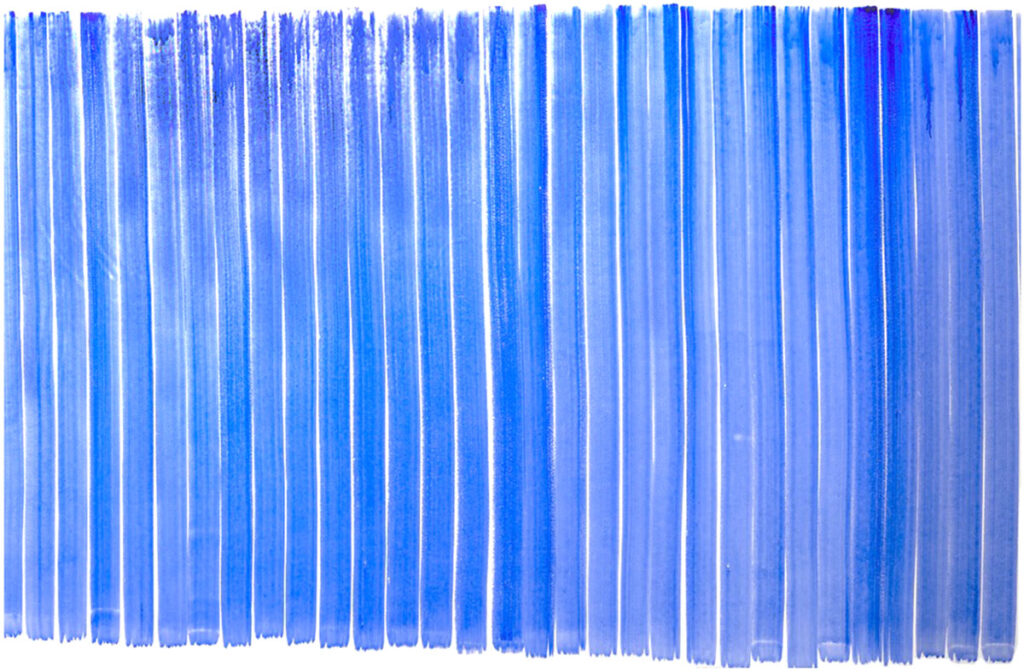Deep breathing allows for reflection and thoughtful decision-making. A community needs this conscious give and take as much as an individual does. View the study sheet here. Watch the recording here.

Have you conspired with anyone lately? Chances are that to the extent that you think about a conspiracy you mean a secret plot by others to undermine your interests. Conspiracy theories have been a growth industry lately. Take your pick: COVID-19 originated as an engineered virus. The election was stolen. Vaccine mandates front the insertion of microchips into our bodies. 9/11 was an inside job.
To define something as a conspiracy has come to color the activity with a nefarious tint. The outcome is being effected through hidden means. Open, free market competition is replaced by the underhanded: misinformation; promotion of mistrust in procedures and institutions; propaganda; disinformation. The fresh air of informed debate displaced by the stale air of closed silos of certainty.
All of that is giving a bad name to the origin of the word “conspiracy.” Its root rests in the combination of the Latin words “cum” (“with”) and “spirare” (“to breathe”). To “conspire” is to “breathe with,” to “harmonize.”
It turns out that healthy breathing is actually a pretty complex process, not something to be taken for granted. During the respiratory cycle, the lungs facilitate gas exchange. Oxygen is brought to the blood and carbon dioxide is removed from the body. But what is being expelled, carbon dioxide, is not all bad. Carbon dioxide is crucial for achieving adequate PH levels. And too much oxygen can be harmful. It can increase the production of free radicals, unstable atoms that can damage DNA, lipid and protein molecules. Achieving a healthy balance in our cycles of inspiration and expiration is critical.
Parshat Pinchas reminds us how important healthy breathing is. Pinchas has killed an Israelite man and a Moabite woman for having had sex together. God tells Moses that Pinchas had manifested kanah. Kanah means “zeal, jealousy.” It is a word that at its origin describes someone whose face has turned a flushed red. The same word describes Elijah after he slaughtered the priests of Baal. He bends over, with his head between his knees, and he declares that he is full of kanah for God. And earlier in Numbers a man who accuses his wife of adultery is described as experiencing a fit of kanah.
In each of those instances, the individual requires some kind of rehabilitative procedure. Pinchas receives a brit shalom (a compact of peace), less as a reward than as a form of reconstruction of his psyche. Elijah, according to midrash, is prescribed the deed of attending every circumcision so that he might learn that he was not the only one faithful to God. And a jealous husband is offered the opportunity to insist that his wife undergo a physically vigorous trial to determine her guilt or innocence in the hopes, as suggested by the early rabbis, that the danger he is placing his wife in will cause him to see through his unstable emotions and withdraw his assertion. The problem is not the behavior of the wife but the emotions of the husband.
Pinchas, according to commentators, had been primed to succeed Moses. But his disequilibrium eliminates him as a candidate. Instead, Moses, in seeking appointment for a successor, calls out for guidance to “God, source of the breath of all flesh.” And God responds, “Take for yourself Joshua, a man who has breath in him.”
Jeppe Hein is a Danish-born, Berlin-based artist. About ten years ago he suffered an emotional breakdown. Key to his recovery was a form of conscious breathing exercises. He incorporated this into his art work. Breathe in, exhale and paint a stroke. Through this he created a series of paintings titled, Breathing Watercolors. A piece from that series is pictured here.
Hein extended that application into a participatory creative experience with others. He invited visitors to his exhibitions to join him and paint their breath on canvass. Eventually, Hein created a large-scale breath-painting project called Breathe With Me, sponsored by the United Nations. Over six large canvasses, spanning 600 feet, hundreds of people breathed deeply and painted a stroke of their breath. Different heights and lung capacities produced a variety of linear brushstrokes.
For Hein, Breathe With Me enabled people to “visualize the invisible – our breath and the resulting relation between us – reminding us to cooperate if we want to share this world together. Ideally, it will encourage people to conspire, to breathe together.”
The respiratory cycle consciously attended to restores not only the individual but also the community. Oxygen and carbon dioxide are each needed for our well-being. Inspiration and expiration together sustain us. Leading the people will be, in Moses’ description, “someone who will go out before them and come in before them; someone who will take them out and bring them in.” In the moment Torah identifies as the new leader Joshua, “one who has breath in him.” Such a leader can summon people to a sacred conspiring.
Join us here at 7:00 p.m. (PT) Thursday, July 6 as we explore the power of balanced breathing.








